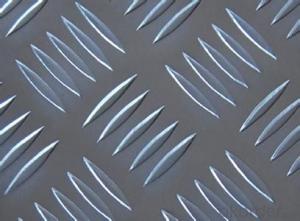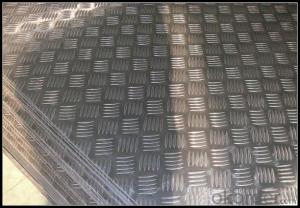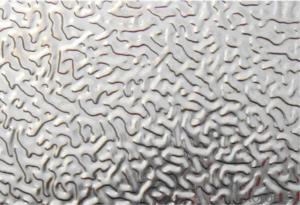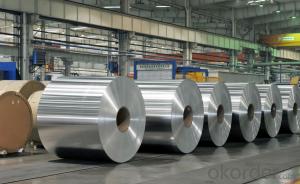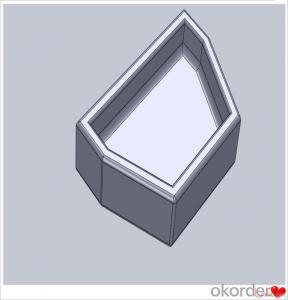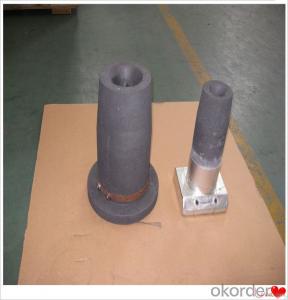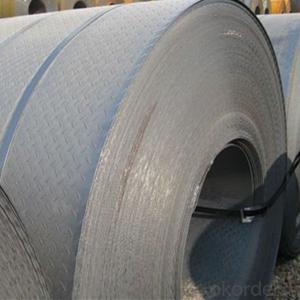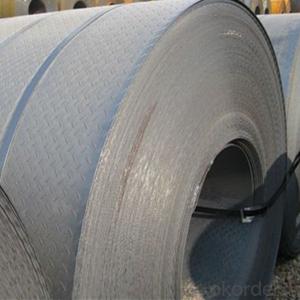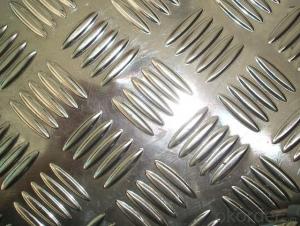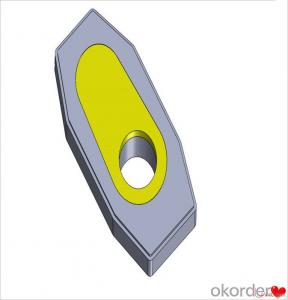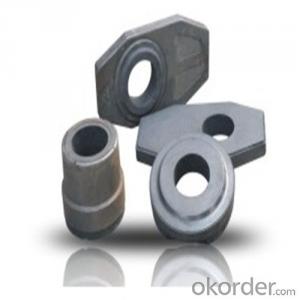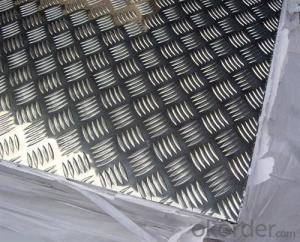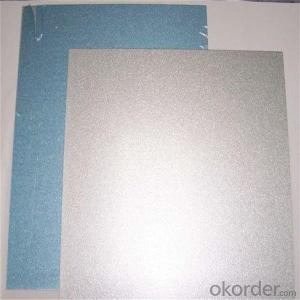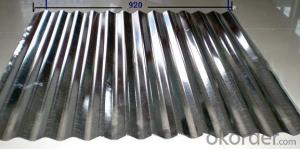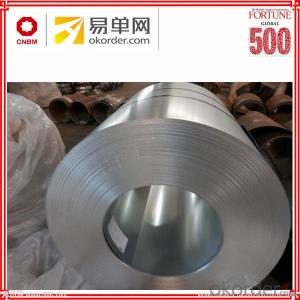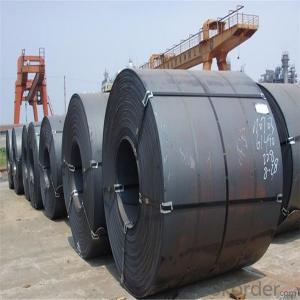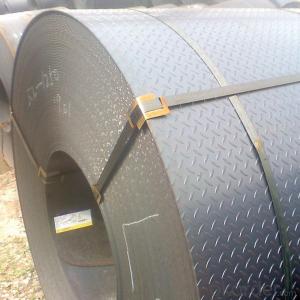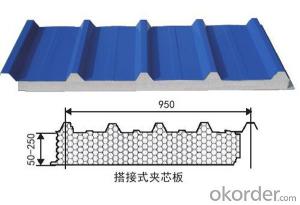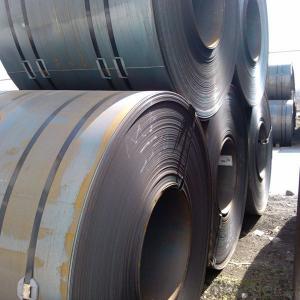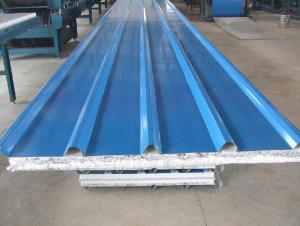A786 Checkered Plate
A786 Checkered Plate Related Searches
Thickness Of Checkered Plate Stainless Checkered Plate Insulation Plate Cheap Checkered Plate Astm A786 Checkered Plate Diamond Checkered Plate Ss Checkered Plate A786 Checkered PlateHot Searches
Lasani Wood Sheet Price Aluminium Checkered Plate Price 4Mm Mdf Sheet 1220X2440Mm Price Aluminium Scaffold Planks Sale Buy Sheet Plastic Aluminium Walkway Mesh Prices 9Mm Mdf Sheet Prices Tinplate Sheet Suppliers Checkered Plate Standard Sizes Checkered Plate Suppliers Aluminium Checkered Plate Price Aluminium Walkway Mesh Prices Checkered Plate Standard Sizes Checkered Plate Suppliers Aluminium Checkered Plate Price Checkered Plate Standard Sizes Checkered Plate SuppliersA786 Checkered Plate Supplier & Manufacturer from China
Okorder.com is a professional A786 Checkered Plate supplier & manufacturer, offers integrated one-stop services including real-time quoting and online cargo tracking. We are funded by CNBM Group, a Fortune 500 enterprise and the largest A786 Checkered Plate firm in China.Hot Products
FAQ
- Steel sheets can be joined using various methods, depending on specific requirements and applications. Common jointing methods for steel sheets include welding, bolting, riveting, adhesive bonding, and mechanical fasteners. Welding is widely used, involving melting the steel sheet edges and joining them by applying heat and pressure. Different welding techniques, like arc welding, gas welding, or laser welding, can be used depending on the steel sheet thickness and type. Bolting involves using bolts and nuts to join steel sheets together. This method is suitable for easily disassembling or replacing joints and can be used for both permanent and temporary connections. Riveting is another method, using rivets to join steel sheets. Rivets are cylindrical metal pins inserted through holes in the sheets and deformed to secure the joint. Riveting is ideal for applications requiring high shear strength. Adhesive bonding uses specialized adhesives to join steel sheets. This method provides a strong and durable joint, suitable when welding or other mechanical jointing methods are not suitable. Adhesive bonding also distributes stress more uniformly across the joint. Mechanical fasteners, like clips, clamps, or brackets, can be used to join steel sheets. These fasteners offer a secure and reliable connection without requiring welding or other permanent jointing methods. They are commonly used when ease of assembly and disassembly is necessary. In conclusion, the choice of jointing method for steel sheets depends on factors such as the application, desired strength and durability, and ease of assembly and disassembly. Careful consideration of these factors is essential to ensure a successful and reliable connection.
- Steel sheets have several advantages over other materials like aluminum or stainless steel. Firstly, steel sheets are generally much stronger and more durable than aluminum or stainless steel sheets. This makes them ideal for applications that require high strength and resistance to wear and tear. Secondly, steel sheets are more cost-effective compared to stainless steel sheets. Steel is usually less expensive to produce and purchase, making it a more economical choice for many industries. Additionally, steel sheets can be easily recycled, further reducing their overall cost and environmental impact. On the other hand, aluminum sheets are lighter in weight than steel sheets, which can be advantageous in certain applications where weight is a concern, such as in the aerospace industry. Aluminum is also naturally resistant to corrosion, making it a suitable choice for outdoor applications or environments with high humidity. Stainless steel sheets, on the other hand, are highly resistant to corrosion and staining, making them ideal for applications where hygiene and aesthetics are important, such as in the food and medical industries. Stainless steel sheets also have excellent heat resistance properties, making them suitable for high-temperature applications. In summary, steel sheets offer superior strength and durability compared to aluminum or stainless steel sheets, while also being more cost-effective. However, aluminum and stainless steel sheets have their own unique properties that make them suitable for specific applications. The choice between these materials ultimately depends on the specific requirements and constraints of the project or industry.
- Steel plate coated cement mortar, how can bonding firm?
- We've done this kind of projectIt can be used to weld some broken wire mesh or suitable waste steel bar on the steel plate, which can play the effect of scraping, and then plastering according to the general procedure. The effect is fine, there are basically no hollowing
- Yes, steel sheets are highly suitable for automotive applications. Steel is widely used in the automotive industry due to its exceptional strength, durability, and versatility. It offers excellent crash resistance, making it ideal for vehicle structures to ensure passenger safety. Additionally, steel sheets can be easily formed into complex shapes, allowing for the production of various automotive components such as body panels, chassis, and frames. Steel also provides good corrosion resistance, which is crucial for withstanding harsh environmental conditions. Moreover, it is cost-effective and readily available, making it a popular choice for automakers. Overall, steel sheets are a reliable and suitable material for automotive applications.
- Steel sheets have a wide range of applications in various industries such as construction, automotive, manufacturing, and aerospace. They are commonly used for building structures, roofing, siding, and fencing in the construction industry. In automotive manufacturing, steel sheets are utilized for body panels, chassis, and various components due to their strength and durability. Additionally, steel sheets are widely employed in the manufacturing sector for fabrication, stamping, and forming processes. Lastly, the aerospace industry relies on steel sheets for aircraft structures, engine components, and other critical parts due to their high strength-to-weight ratio and resistance to extreme temperatures.
- Steel sheets can be manufactured in various thicknesses, ranging from a few millimeters to several centimeters, depending on the specific application and manufacturing process.

